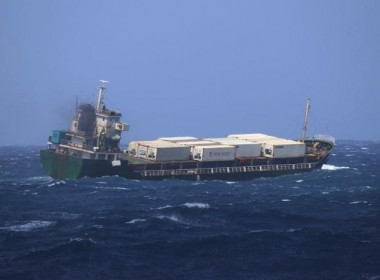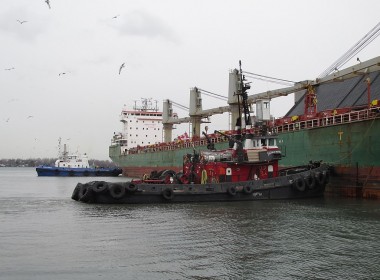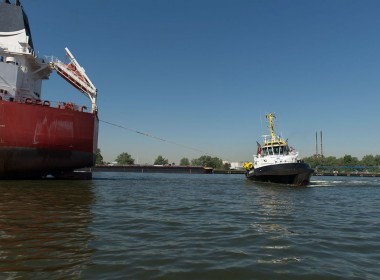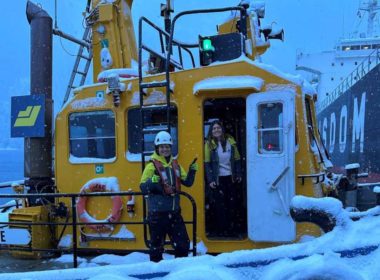COLUMN | Like trouble over bridged water [Tug Times]

O say can you see by the dawn’s early light
A ship that blacked out, and a bridge no longer in sight
(With apologies to Francis Scott Key)
I have no desire to trivialise the recent events in Baltimore, because people died and that is a terrible tragedy for their families.
We can only be grateful that a warning was given to ensure more people were not on the bridge at the time.
If there is a silver lining for our industry, it must lie in the fact that in the days after the accident, tugs and barges featured in many of the news reports. Indeed, the first thing to pass the bridge when a shallow channel was opened was a tug and barge combination carrying much-needed fuel for the US military. Sadly, most people will probably fail to make the connection, or appreciate the contribution that tugs and barges make to the US economy.
There is also a strong salvage presence, and I understand Resolve Marine is the main contractor, although there is also Donjon equipment at the scene. It would no doubt reassure the citizens of Baltimore to know that two such professional salvors are involved, although they are unlikely to hear about them as long as the US Army Corps of Engineers (USACE) is holding the microphone.
I may be cynical, but I suspect you will only hear the names of the salvors if something goes badly wrong, which probably won’t happen.
Meanwhile, spare a thought for the crew of Dali, who are mostly Indians and hence well-trained professionals. At the time of writing it appears they are still aboard their vessel and have already been interviewed by the NTSB as it is conducting the accident investigation in order to learn the safety lessons and publish these in an effort to prevent similar incidents in the future.
This is normal and did not worry me in the least, but I was less comfortable when I learned that the FBI was on board to determine whether any federal criminal laws had been broken. People in suits with large guns and possibly no nautical knowledge are probably quite intimidating, and I hope the crew were given legal advice and support during the process. At least the FBI has announced it will have no further comment during its investigation, which is sensible.
Of course, we do not know from press reports how the crew are faring or whether they are being given psychological and professional assistance because, as normal, the crew are being ignored in the media. This is especially poor since the ship’s managers are issuing regular updates, including a recent announcement that they have engaged workplace mental health specialists with experience in the maritime industry.
A dedicated team, including clinical psychologists, is offering round-the-clock support to the crew of Dali in the form of regular, individual, and confidential counselling. This support is also extended to the families of the crew. In addition, the crew have unlimited use of the ship’s satellite communications so they can stay in contact with their families, and fresh food is delivered daily. Well done, managers!
“I hope somebody will whisper that it is common in other countries to pile rock armour around bridge supports so ships cannot hit them, but perhaps this is too much to ask?”
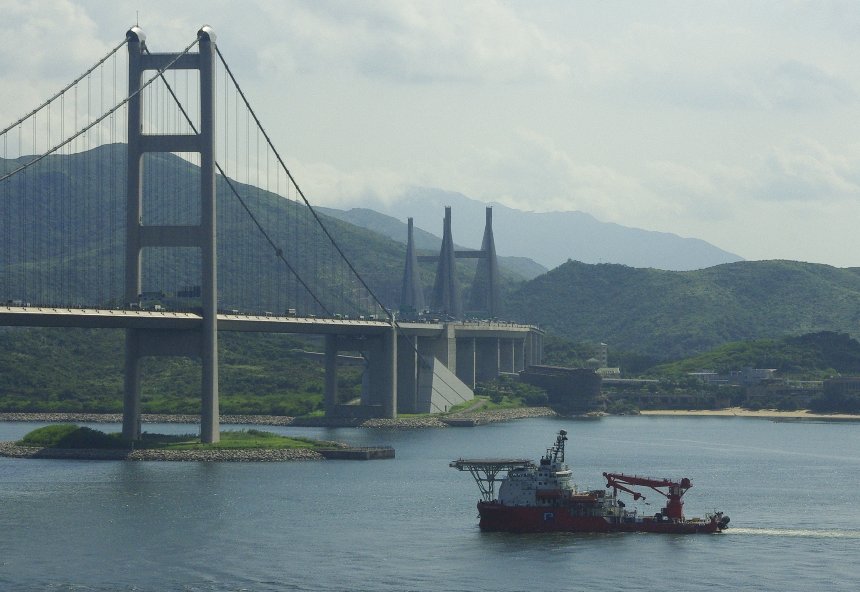
Several observers have pointed out that if escort tugs had been available, the accident could probably have been avoided. This should be good news for American tug operators, but I was surprised to see that Jennifer Carpenter, President and CEO of the American Waterways Operators, appeared to be only lukewarm to the idea.
“We know tugs are tiny and mighty and can do a lot of things…but at the same time it’s important to avoid speculating on how this could have happened,” said Carpenter.
She said the message from her industry is that “tugboats [sic] can do a lot of good, but we should avoid a rush to judgement that tugboat escorts are the answer everywhere”. She went on to say that there are other factors to consider and it is appropriate that escort requirements should be specific to the needs of a particular port.
“There are many questions that have to be answered before jumping on escort tugs as a solution. We must ask what do we want the tugs to do, what is the added margin of safety that they will provide? What size and capacity should they be? Tug escort is a complicated manoeuvre. Where will the crews be trained?”
Really, Ms Carpenter, if you do not know the answers to those questions, perhaps you are in the wrong job. Would it have been beyond your capabilities to suggest that escort tugs could have slowed or stopped or steered the ship so that damage to the bridge might have been significantly less, or that the incident might even have been avoided altogether? And since you referred to escort tugs for tankers, did it not cross your mind that perhaps in America, which practically invented escort towing, there might be training available? I wish I knew.
What we do know is that the lawsuits have already started, with the Port of Baltimore going to court to assert that “none of this should have happened. There were no high winds, visual obstructions, or any reasons to believe disaster was about to occur”. They say there has never been a serious accident in the port in the past 40 years, and the collision with the bridge was a direct result of the ship’s negligence.
Amid 32 accusations against the ship, the owners, and managers, they claim the negligence is readily apparent, and of course no blame could conceivably be laid at the city’s feet. They even cite a report by Associated Press that the ship was experiencing power supply fluctuations whilst alongside, and assert these problems were not investigated or fixed prior to departure.
They strike out in all directions, with accusations of maintenance failures, unseaworthy equipment, a failure by the owners to have and implement policies and procedures, and an incompetent crew that was inattentive to its duties, lacked skill and training, and improperly navigated the vessel.
I hope the court will treat these accusations with the contempt that most of them deserve. Perhaps somebody will explain the ISM Code and the excellent training offered to Indian seafarers, and perhaps somebody will point out that the pilots could have refused to sail if they thought the ship was in any way unseaworthy, and could have ordered the harbour tugs to escort the ship through the bridge if they were in any doubt about its reliability. I hope somebody will whisper that it is common in other countries to pile rock armour around bridge supports so ships cannot hit them (as shown in the photograph above), but perhaps this is too much to ask?
“A cynic might suggest that, in the final analysis, somebody has to pay for a new bridge, and the Port of Baltimore doesn’t want it to be the Port of Baltimore.”
And finally, I hope somebody will mention how sensible ports conduct risk assessments to help ensure they are safe. This is not a new concept, and the court might benefit from a look at the Port Marine Safety Code in the UK. Whilst the code is not compulsory, almost all ports in the UK have adopted it, and among other things it requires ports to use formal risk assessment to identify hazards and analyse risks; assess those risks against an appropriate standard of acceptability; and where appropriate consider a cost-benefit assessment of risk reduction measures.
UK ports are required to implement a Marine Safety Management System (MSMS) to ensure there is proper control of vessel movements by regulating the safe movement within the harbour of all vessels; and protect the general public from dangers arising from marine activities. The MSMS should also outline present procedures for marine safety within the harbour, including the port approaches.
The families of the Baltimore victims will wish the United States had similar rules, but I have been unable to find any. The closest I found was the US Safe Port Act, which was implemented to help ensure maritime transportation infrastructure is effectively protected from the threat of terrorism. All a matter of priorities, I suppose.
Baltimore does, however, have a Harbor Safety and Coordination Committee, which is responsible for safe passage in and around the port and coordinates inter-agency actions and activities related to navigation, safety, and logistics. Ironically, it was formed in the 1980s when Baltimore was focusing on the advent of larger vessels.
Despite their terms of reference, the members obviously missed an interview with Rajesh Unni that was published by Bloomberg in 2021. In it, Mr Unni spoke about Baltimore, and how “traffic on the seas is different from what it was 10 years ago. How do we adapt as an industry? It’s convenient to blame the captain, but we need to look at how the port infrastructure needs to change, how ships transit.”
For those of you who miss the significance of these prophetic words, Rajesh Unni is founder and CEO of the Synergy Marine Group, the managers of Dali.
A cynic might suggest that, in the final analysis, somebody has to pay for a new bridge, and the Port of Baltimore doesn’t want it to be the Port of Baltimore. I could not possibly comment.
“It is the warmth and kindness of Kees and his wife Heleen that I will remember most fondly, along with his wonderful musical skills.”
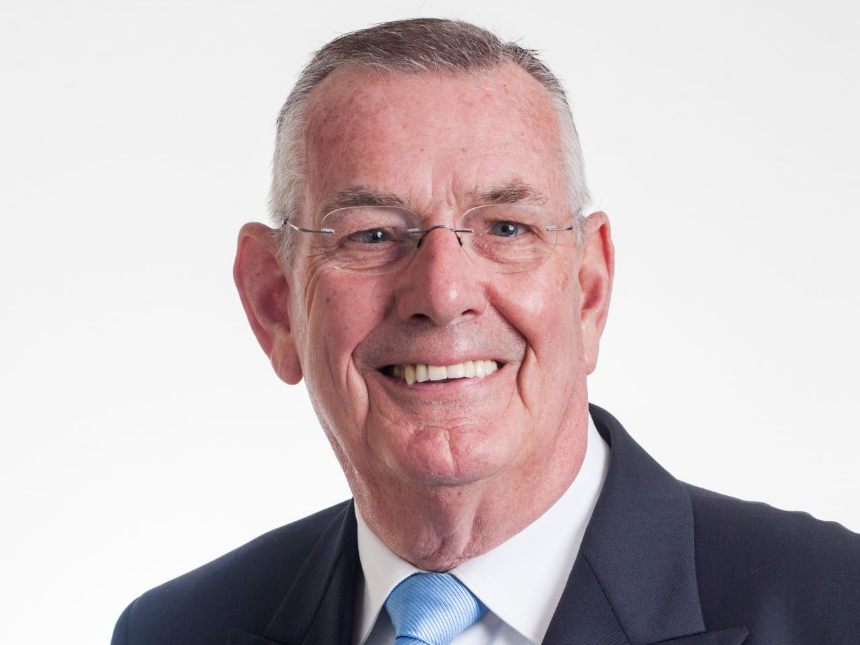
I cannot finish without adding my own tribute to the late Kees Muller, who passed away recently. As Baird Maritime already pointed out, Kees was co-founder of Multraship and the driving force behind the development of the Carrousel-Rave tug concept. He was a vastly experienced tug man and salvor with more than six decades in the business.
But it is the warmth and kindness of Kees and his wife Heleen that I will remember most fondly, along with his wonderful musical skills.
One night at a salvage dinner in Amsterdam, my wife and I were sitting at the same table as Kees, Heleen, and their children Leendert and Eline. A rather bored pianist was churning out standards while we ate, but towards the end of the meal, Kees walked over and sat down beside him. They chatted briefly, then started playing together.
The pianist came alive in the presence of another talented player, and they belted out some amazing jazz together. The cheer when they finished their session almost raised the roof. Kess calmly walked back to his seat with a quiet smile, but the rest of us knew we had heard something special.
Kees was a true original, and our industry will miss him. My deepest condolences go out to his family.



